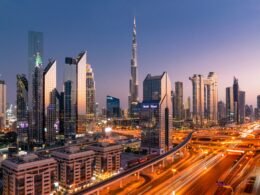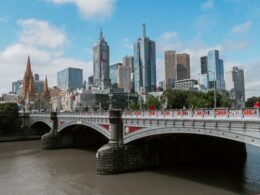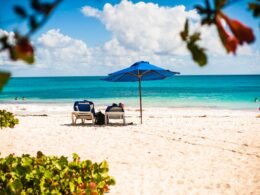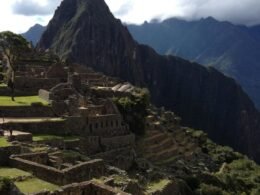São Tomé and Príncipe is an island country in the Gulf of Guinea off the west coast of Africa, close to Gabon. The country is made up of the two main islands of São Tomé and Príncipe, and a few smaller islets. It’s the second smallest country in Africa, following the Seychelles. Until its discovery in the Fifteen Century by Portuguese explorers, the islands were uninhabited. Today, it makes for a remote tropical paradise with plenty to offer the outdoor enthusiast and those in search of a unique culture.
With a population of just 200,000, and a large national park, including dense jungle, the islands are popular among nature lovers. Thanks to its equatorial climate, beautiful, unspoiled coastlines, and unique biodiversity, the islands are a hidden gem for the offbeat traveler. In a nutshell, it’s a paradise that many people overlook. If you’re visiting from mainland Europe, flying from Portugal is a popular choice, especially from Lisbon.
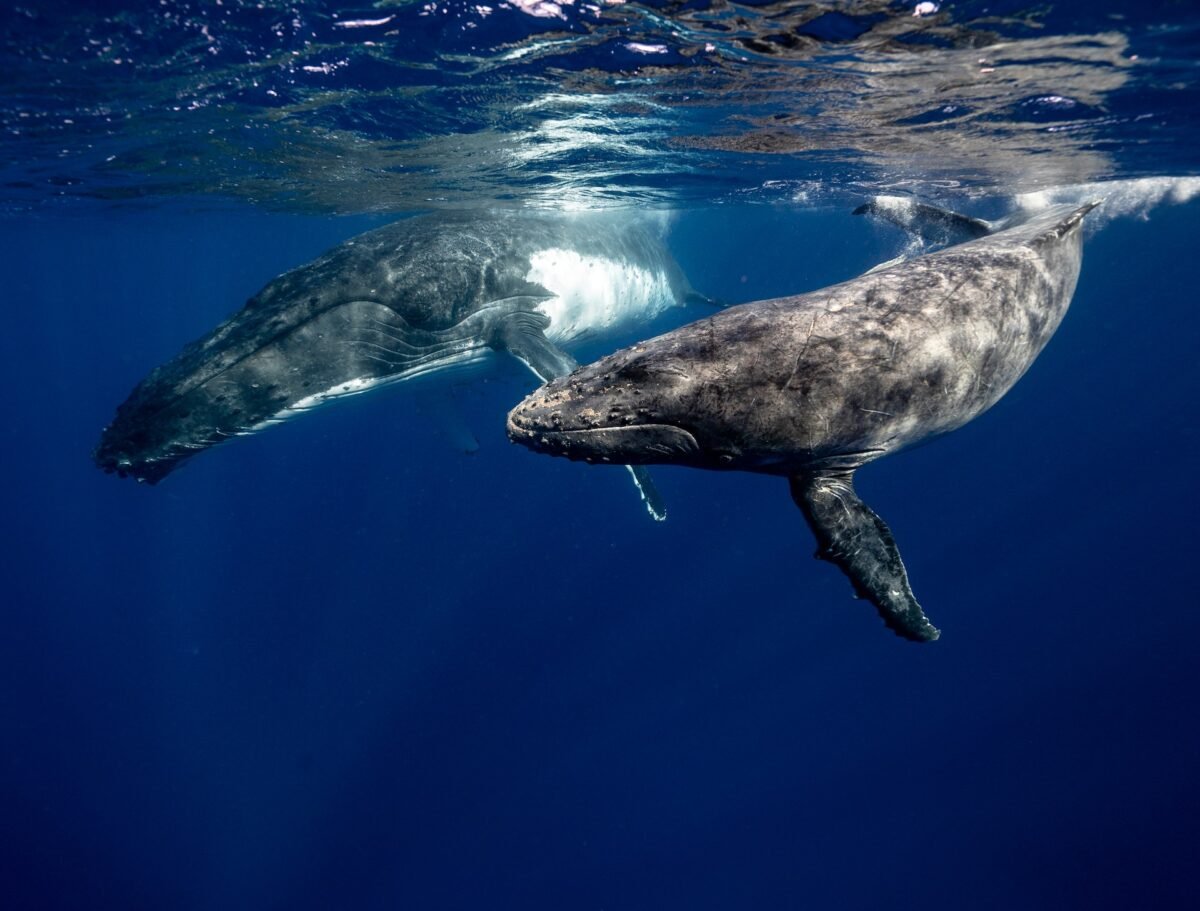
Climate & Terrain
Thanks to its location slightly north of the Equator (the equator actually runs through the islet of Ilhéu das Rolas), the islands enjoy a steady temperature year-round with an average of 26 or 27 degrees. The pleasant temperature and tropical climate make it a popular destination for travelers from mainland Europe and Africa year-round. São Tomé is located south of Príncipe, with a few islets dotted around.
The islands experience monsoon winds from the south, especially during the rainy season, when the islands experience heavy rainfall and higher humidity. The volcanic soil on the islands makes them incredibly fertile, and sugar, coffee and cocoa has been cultivated here for hundreds of years. The islands are part of the Cameroon Volcanic Line, and both islands include mountains and lush forests that are ideal for more adventurous types. Of the two main islands, São Tomé is the more mountainous.
The islands have a tropical, equatorial climate, so there’s a wet and a dry season, but the islands can be visited anytime throughout the year. Really, it depends on the activities you have in mind. Popular activities include witnessing the hatching of sea turtles on the beaches, whale watching, exploring the national park and deep-sea fishing.

When’s Best For Nature Lovers?
The islands are renowned as lush tropical paradises with lots of endemic plant and animal species. Yes, the islands are small, but there’s plenty to explore when it comes to biodiversity, both in the warm waters of the Gulf of Guinea and in the inland jungles.
Many travelers visit the islands to see humpback whales, which are most active between July and October. During this period the whales migrate north from feeding grounds in Antarctic waters to warmer waters to mate and calve. Humpback whales can even be seen from the shoreline. A few of the best spots to see them include Mucumbli on São Tomé, Roca Belo Monte, and Bom Bom Eco Lodge on Príncipe. Tours can also be organized, so you can get a closer look at these majestic animals.

The islands are also an excellent place to see the laying of eggs and the hatching of turtles as they make their way into the ocean for the first time. There are four species of turtle that can be seen on the islands, including the hawksbill sea turtle, the olive ridley sea turtle, the leatherback turtle and the green turtle. Unfortunately, all of them are endangered, though it’s sure to make the event even more worthwhile. Turtles begin clambering their way onto the beaches under cover of darkness to lay their eggs from November through to February. But from February to the middle of March is when the magic starts to happen: the eggs start to hatch, and the turtles make their way to the ocean.
The islands are especially renowned for their large numbers of endemic species of birds, including many rare species. The islands are home to the smallest ibis and the largest sunbird anywhere in the world, including many other rare species. The Obô Natural Park of São Tomé is the main natural park, and it covers around 195 square kilometres of the island.

Dry Season: June To September
The dry season, known locally as “Gravana” is a long dry spell without much rain. The skies are likely to be cloudier, but it’s going to be less humid and hot. Plus, there’ll be much less chance of rain. The dry season is often attractive to visitors because the weather is more pleasant for more strenuous activities like hiking, mountain climbing and cycling. There are in fact two dry seasons, the first runs from December to February, with the second running from June to September.
Wet Season: February To May
The wet season, or rainy season, runs from February to May with March and April being the rainiest seasons. If you’re visiting during this time, be prepared to get wet, whether because of the rainfall, or the humidity. There’s a slightly higher chance of rainfall on Príncipe. January to March are the hottest and most humid months. The wet season is going to be quieter however, especially on the coast, and the plant life is going to be more abundant.

Music In São Tomé And Príncipe
Music in São Tomé and Príncipe is inspired by African and Portuguese influences and includes several styles that are not found anywhere else in the world. São Tomé and Príncipe both have their own unique rhythms, inspired by Portuguese ballroom dancing with a local twist, with ússua and socopé being popular in São Tomé, and the dêxa beat being popular in Príncipe.
Other popular styles include Tchiloli, a kind of dance, danço-Congo, a blend of theatre and music, and Morna, a Portuguese-influenced dance and musical style. Whatever your taste, they’ll be something to get you dancing in one of the many live performance and street festivals, especially during the dry season.
So When Is The Best Time To Visit?
We’d say that the best time to visit these remarkable islands is during the dry season. The humidity and the heat will be lower, and if you’re there between July and October, you’ve a good chance of spotting humpback whales. That said, the start of the wet season also heralds the hatching of the turtles. Whenever you choose to visit, you’re sure to feel inspired.







